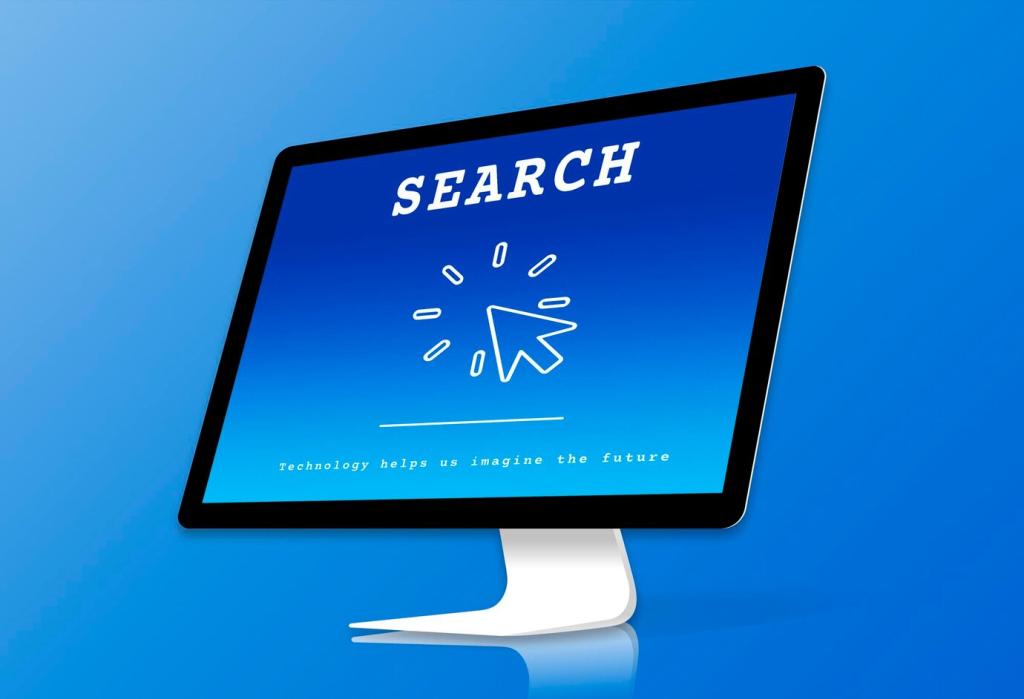How Blockchain Reinvents the Ballot
Paper ballots offer physical auditability; blockchains add cryptographic auditability. Every recorded vote becomes a hashed entry, chaining together with previous records so alterations become evident. Readers, would you trust a checksum as much as a signature? Share your thoughts and tell us how you’d explain a hash to your neighbors.
How Blockchain Reinvents the Ballot
Rather than relying on a single authority, consensus mechanisms coordinate many verifiers to agree on vote records. This reduces single points of failure and opportunities for undetected tampering. Which consensus models do you believe best fit elections—BFT, proof-of-authority, or something new? Join the debate below and propose your criteria.





